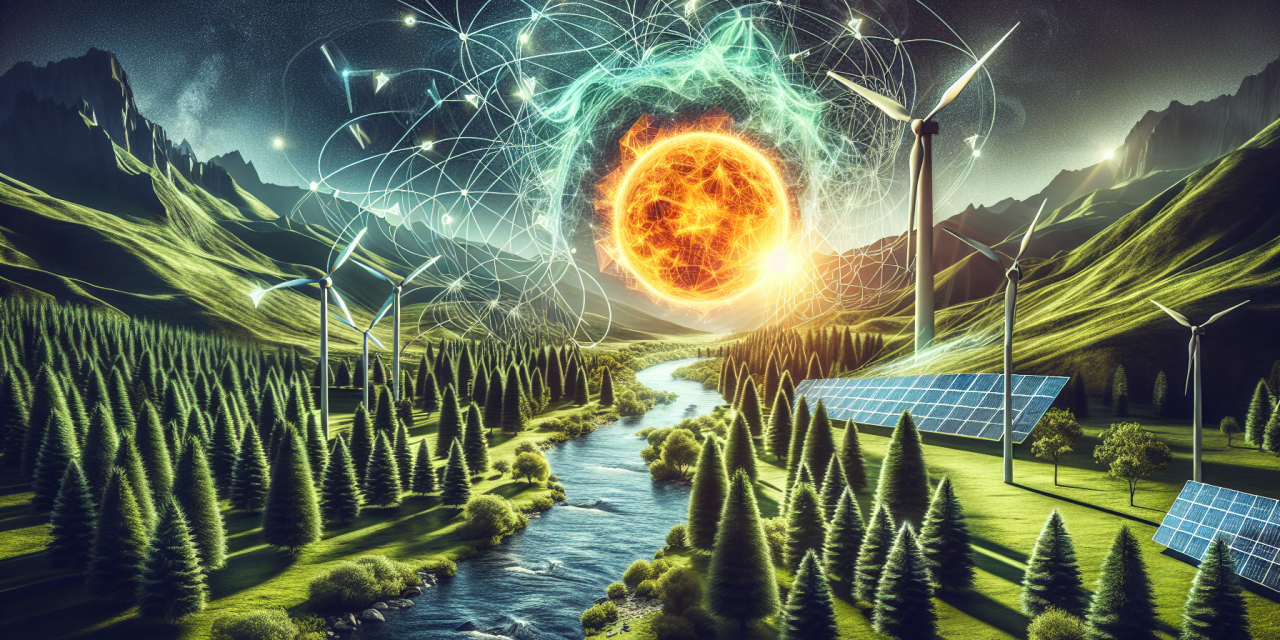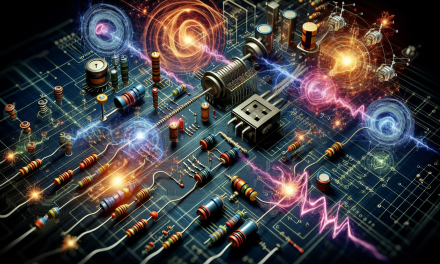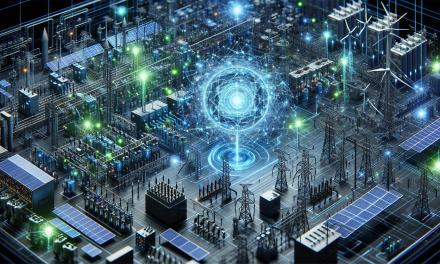Table of Contents
- Introduction
- Challenges of Renewable Energy Integration
- Solutions for Efficient Renewable Energy Integration
- FAQs
- Conclusion
Introduction
In our contemporary era, the shift towards renewable energy is no longer a mere option but a necessity for sustainable development. As nations strive to reduce greenhouse gas emissions and tackle climate change, the integration of renewable energy sources into existing power grids has surfaced as a critical objective. Nevertheless, this integration presents various challenges that require effective strategies and solutions. Understanding these challenges fosters the development of innovative approaches to ensure a smooth transition towards a more sustainable energy landscape.
Challenges of Renewable Energy Integration
1. Intermittency of Renewable Sources
One of the primary challenges associated with renewable energy integration involves the intermittency of sources such as solar and wind. Unlike traditional energy sources, which provide a constant output, renewable energy generation often fluctuates due to environmental conditions. These fluctuations can lead to instability in the power supply, making it difficult for grid operators to manage supply and demand effectively.
2. Grid Infrastructure Limitations
Additionally, many existing power grids face infrastructural limitations. A considerable portion of current grid infrastructure is outdated and unsuitable for managing the complexities brought about by decentralized renewable energy sources. Reinforcing and modernizing this infrastructure is vital for accommodating the increased variability and decentralized nature of renewables.
3. Policy and Regulatory Hurdles
Moreover, policy and regulatory hurdles present significant barriers to renewable energy integration. Different jurisdictions may have conflicting regulations, which can stifle innovation and delay implementation. Streamlined policies that promote renewable energy initiatives are essential for creating a favorable environment for integration.
4. Economic Feasibility
Economic considerations also play a crucial role in the integration of renewable energy. Although the costs of renewable technologies have decreased significantly, initial investments in infrastructure and technology can still be substantial. To move toward a sustainable energy future, it becomes necessary to assess these economic challenges and develop viable financial models that support renewable energy projects.
5. Technological Barriers
Lastly, technological barriers hinder the efficient integration of renewable energy into electricity systems. Integrating innovative technologies such as smart grids and energy storage systems requires significant investments in research and development. Addressing these technological gaps is paramount to create a more resilient and flexible energy system that can effectively accommodate renewables.
Solutions for Efficient Renewable Energy Integration
1. Energy Storage Systems
To tackle the intermittency challenge, energy storage systems (ESS) have surfaced as a game-changing solution. By storing excess energy produced during peak generation times and releasing it during low-generation periods, ESS provide a buffer that stabilizes the power supply. Various technologies, such as batteries and pumped hydro storage, contribute to the seamless integration of renewables into the grid.
2. Demand Response Programs
Integrating demand response programs can also enhance energy management. These programs allow consumers to adjust their energy consumption during peak demand periods, thereby reducing strain on the grid. Offering incentives for participants ultimately helps balance the supply and demand of electricity, easing the challenges of integrating renewable sources.
3. Advanced Grid Management Systems
Moreover, implementing advanced grid management systems can significantly improve the integration process. These systems harness real-time data analytics and automation to enhance grid control, forecast energy generation, and optimize distribution. With these capabilities, grid operators can respond effectively to fluctuations in renewable energy generation, ensuring system stability.
4. Regulatory and Policy Reforms
Advocating for regulatory and policy reforms is indispensable for fostering renewable energy integration. Policymakers must work collaboratively with stakeholders to develop clear and consistent regulations that support renewable projects. Initiatives such as feed-in tariffs, tax incentives, and renewable portfolio standards can create an environment conducive to innovation and investment.
5. Utilization of Technology and Innovation
Finally, embracing technological advancements serves as a pivotal strategy for overcoming integration challenges. Innovations in smart grid technologies, distributed generation, and microgrid systems can redefine how energy is produced and consumed. Enhanced energy management systems, such as those outlined in the Understanding and Implementing Energy Management Systems: A Practical Guide, empower organizations to optimize their energy usage and fulfill sustainability goals.
FAQs
What are the main challenges of renewable energy integration?
The main challenges include intermittency of renewable sources, grid infrastructure limitations, policy and regulatory hurdles, economic feasibility issues, and technological barriers.
How can energy storage systems help integrate renewable energy?
Energy storage systems help by storing excess energy generated during peak production times and releasing it when generation is low, stabilizing the power supply.
What role do regulatory reforms play in renewable energy integration?
Regulatory reforms create a favorable environment for renewable energy projects by establishing clear guidelines and incentives, which encourage innovation and investment.
How do demand response programs enhance integration?
Demand response programs enhance integration by encouraging consumers to reduce energy use during peak periods, helping balance supply and demand in the grid.
Are there resources available for further knowledge on renewable energy systems?
Yes! The Renewable Energy Integration Course: Sustainable Solutions offers detailed insights on effectively managing renewable systems, alongside related resources like Mastering Electrical Power Systems: Analysis and Design Essentials and Unlocking the Essentials of Electrical Power Systems for Non-Engineers.
Conclusion
In conclusion, the challenges associated with renewable energy integration are significant but not insurmountable. By strategically addressing these challenges through innovative solutions, including energy storage systems, demand response programs, and robust regulatory reforms, we can pave the way for a sustainable energy future. The transition to renewable energy sources represents not only a necessity for combating climate change but also an opportunity for technological advancement and economic growth. As we continue to evolve our energy systems, embracing change and thinking creatively will be vital steps towards achieving our sustainability goals.





